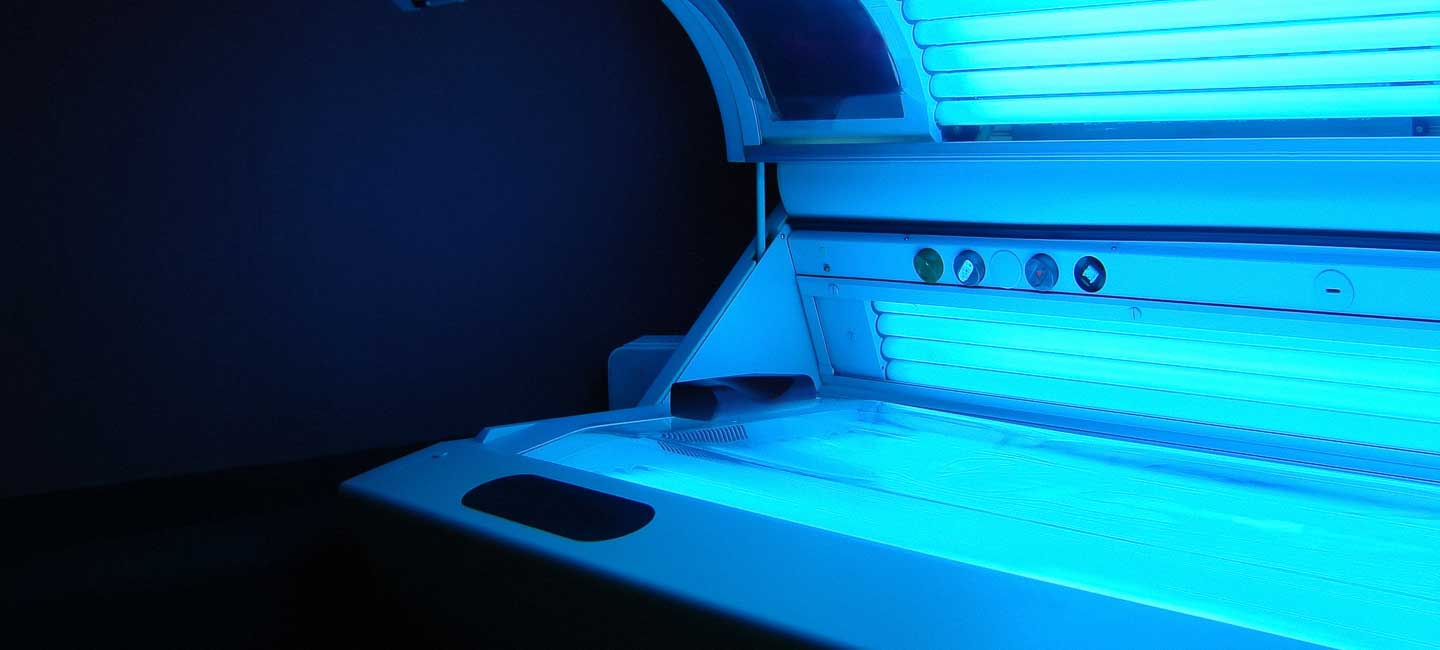Tanning Bed Use Can Raise Your Chance of a Second Melanoma Diagnosis
There is no such thing as a healthy tan and trying to maintain that illusion during the winter months by tanning indoors is a dangerous plan, according to researchers.
Artificial ultraviolet radiation can be more dangerous than its natural counterpart because it can be more concentrated and powerful — sometimes up to 10 times as powerful. A retrospective study published in Journal of the American Academy of Dermatology supports that claim. It found that among patients who have been diagnosed with melanoma, those who used indoor tanning beds are much more likely to face a second bout of melanoma.
According to new analysis of more than 400 cases, researchers found that 56% of melanoma patients exposed to the artificial ultraviolet radiation produced by tanning beds were diagnosed with a second primary melanoma within a year of their first diagnosis. By comparison, only 18% of melanoma patients who had not used a tanning bed faced a second melanoma.
The findings support what Moffitt Cancer Center experts have shared with their patients all along – tanning beds are dangerous and should be avoided.

Dr. Vernon Sondak, chair, Department of Cutaneous Oncology, Moffitt Cancer Center.
“This is certainly more evidence that tanning beds are bad and I would go so far to say that they are a horrible idea if you already have melanoma,” said Dr. Vernon Sondak, chair of Moffitt’s Department of Cutaneous Oncology. “The message is simple: If you want to decrease your chances of being diagnosed with melanoma or skin cancer, then don’t use tanning beds.”
Researchers also discovered that patients in the study who used indoor tanning beds were more likely to be fair-skinned than non-users.
Melanoma, the most aggressive form of skin cancer, is the most common type of cancer diagnosed in young adults. The study found that a majority of those using indoor tanning facilities are young women in their late teens to early 20s.



